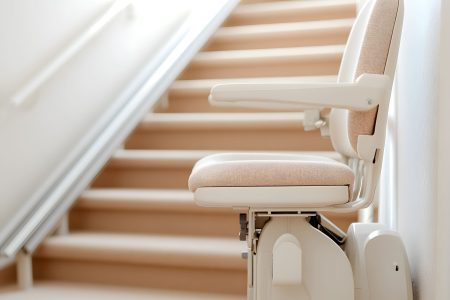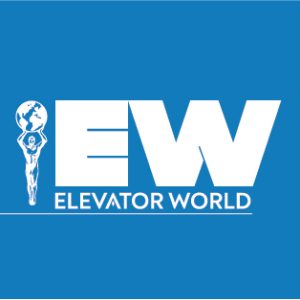In this Readers’ Platform, your author talks about growing and reforming the PRE market.
by Les Katz
The private residential elevator (PRE) market holds immense potential to enhance home accessibility, safety and aesthetic appeal. However, inconsistent regulations and outdated standards, particularly ASME A17.1-2022, Section 5.3, stifle innovation and compromise user safety. Homeowners seeking elevators prioritize value, design, reliability and uncompromising safety — yet the industry falls short, leaving end-users disillusioned and unimpressed.
Clients want elevators to be seamless additions to their homes: cost-effective, visually appealing, all-inclusive and equipped with robust safety and self-rescue features to minimize entrapment risks.
Compliance with A17.1 is often touted as a safety guarantee, but this is misleading. Incidents involving compliant elevators, particularly the hazardous 3- and 5-in. gap rules, have caused severe injuries and fatalities, especially to children. Manufacturers only addressed these issues under pressure from the Consumer Product Safety Commission (CPSC), revealing a reactive rather than proactive approach. The reputational damage to the entire industry by that complacency hurts all participants.
To unlock the PRE market’s potential, we must reform A17.1 to prioritize safety and versatility. Proposed changes include:
- Mandating Integrated Landing Doors: Prohibit building contractors from installing landing doors, ensuring doors are a core component of the elevator system for enhanced safety and reliability.
- Upgrading Door Locks: Replace inadequate plastic locks and timber screws with robust, side-mounted locking mechanisms to prevent door failures. Forbid electric locks only and have genuine elevator door locks with mechanical, primary and secondary elements always and on all doors.
- Increasing Cab Size: Expand the PRE cab size limit from 15 ft2 to 18 ft2, aligning with Limited-Use/Limited-Application (LULA) elevators (A17.1, Section 5.2). This accommodates wheelchairs and enhances long-term usability without compromising safety. Claims that LULA elevators suffice are misleading, as their two-floor restriction limits residential applicability.
- Boosting Speed: Raise PRE speed limits from the current restrictive levels to 60 ft/min, reducing journey times to under 30 s for most homes and making elevators more appealing to homeowners.
These reforms enhance safety, functionality and market appeal without negative consequences. Yet, progress is by Les Katz stalled by the commercial elevator committee’s oversight of PRE proposals, often blocking suggestions in circular debates. This resistance, driven by major OEMs, appears to protect market dominance rather than foster innovation. PREs, if made more attractive, could disrupt this stronghold, opening a vibrant market without affecting their expensive systems.
Embracing progressive standards like A17.7, which many cities overlook in favor of the outdated A17.1, Section 5.3, would catalyze growth, creating employment and value. Elevator Boutique LA collaborates closely with city officials, valuing their role in enforcing licensing and safety checks. They are needed. However, we urge regulators to adopt broader parameters to unleash the PRE industry’s potential, delivering greater value to homeowners.
As industry veteran John Koshak aptly noted, change in this sector moves at a glacial pace. By advocating for reformed standards, which are pro innovation and utility to the end users and homeowners, we can create a safer, more innovative residential elevator market that truly serves its users, the manufacturers and dealers. Everyone wins.
Elevators cannot determine whether they are located in a single or multi-dwelling location, or whether they are occupied by a wheelchair, a person or a fridge. Yet the standards seem to think this is relevant. We could take steps to overcome that, but we would rather sell elevators and increase home values.
Please, can the big powerful boys on the Senior Committee allow us a vibrant competitive space? We promise to stay out of the way.
Get more of Elevator World. Sign up for our free e-newsletter.










